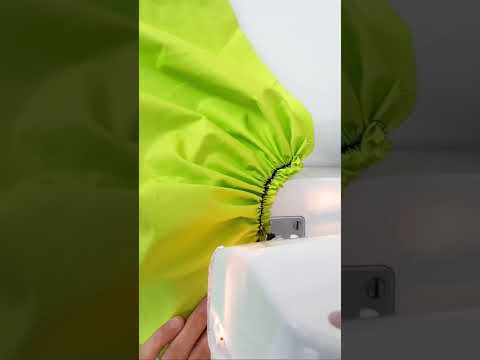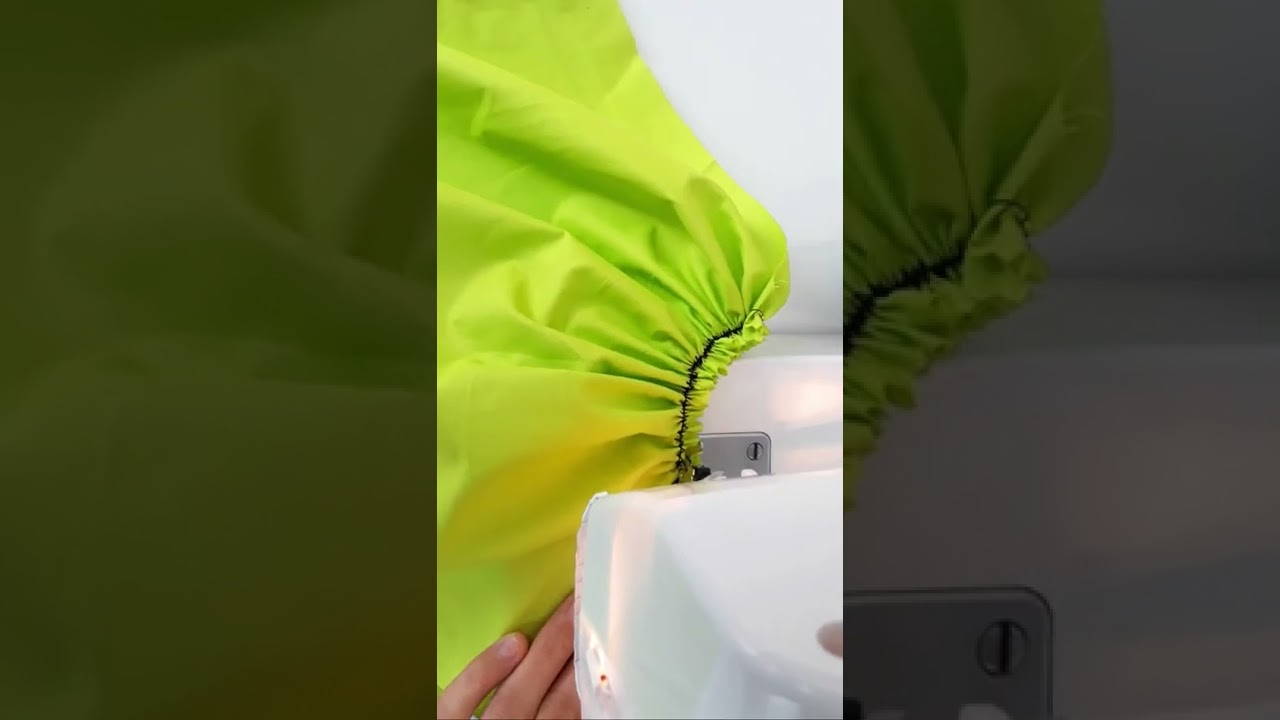If you’re a sewing enthusiast looking for the perfect fabric for your sewing machine, look no further! Our high-quality fabric is designed to elevate your sewing experience to a whole new level. With its durable composition, this fabric is built to withstand the test of time, ensuring that your creations will be long-lasting and reliable. Whether you’re a beginner or a seasoned pro, our fabric is versatile enough to handle any project you throw its way. From delicate dresses to sturdy home decor items, this fabric will always deliver exceptional results. Its soft and smooth texture makes it a pleasure to work with, gliding effortlessly through your sewing machine and allowing for precise stitching. Available in a wide range of vibrant colors and stylish patterns, our fabric is sure to inspire your creativity and add a touch of elegance to your designs. So why wait? Get your hands on our incredible fabric for sewing machines and unlock endless possibilities for your sewing projects today!

Understanding Fabric for Sewing Machines
Sewing machines are a versatile tool that can be used to create beautiful garments, accessories, and home decor items. However, not all fabrics are suitable for sewing machines. Choosing the right fabric is crucial to ensure a successful sewing project. In this article, we will explore the different types of fabrics that are compatible with sewing machines, their characteristics, and tips for sewing with them.
The Importance of Fabric Choice
Choosing the right fabric is essential when it comes to sewing with a machine. The wrong fabric can cause numerous issues, such as skipped stitches, puckering, or even damage to the sewing machine itself. Therefore, it is crucial to consider the following factors when selecting fabric for your sewing machine projects.
Type of Fabric
The type of fabric you choose will greatly impact the sewing process. Fabrics can be broadly categorized into two types: woven and knit. Woven fabrics, such as cotton, linen, and silk, are made by weaving threads together in a crisscross pattern. Knit fabrics, on the other hand, are made by interlocking loops of thread, resulting in a stretchy fabric. Both types of fabrics can be sewn with a sewing machine, but they require different techniques and considerations.
Fabric Weight
Fabric weight refers to how heavy or light a fabric is. It is important to choose a fabric weight that is appropriate for your sewing project and compatible with your sewing machine. Lighter weight fabrics, like chiffon or organza, may require special handling to prevent them from getting caught or pulled into the machine. On the other hand, heavy fabrics, such as denim or canvas, may require a more powerful sewing machine to handle the thickness.
Fabric Stretch
Fabric stretch is an important consideration, especially when working with knit fabrics. Knit fabrics have inherent stretch, which can affect the fit and drape of the finished garment. When sewing with stretchy fabrics, it is essential to use the appropriate sewing machine settings, such as a stretch stitch or a zigzag stitch, to ensure that the seams can stretch with the fabric without breaking.
Fabric Texture
Fabric texture refers to the surface characteristics of the fabric, such as smooth, rough, or textured. The texture of the fabric can impact how it feeds through the sewing machine. Smooth fabrics, like satin or silk, may glide easily, while textured fabrics, like tweed or corduroy, may require special handling to prevent the machine from getting stuck or causing uneven stitches.
Tips for Sewing with Different Fabrics
Now that we have covered the different factors to consider when choosing fabric for your sewing machine, here are some additional tips to help you sew successfully with various types of fabrics.
1. Preparing the Fabric
Before sewing, it is important to prepare the fabric properly. This includes prewashing and ironing the fabric to remove any sizing or wrinkles. Prewashing also helps to prevent shrinkage, especially with natural fibers like cotton or linen.
2. Choosing the Right Needle
The needle you use can also make a significant difference in your sewing results. Different fabrics require different needle types and sizes. For example, a lightweight fabric may require a smaller needle size, while a heavy fabric may require a larger needle size. Using the wrong needle can lead to skipped stitches or even damage to the fabric.
3. Adjusting Tension and Stitch Length
To achieve even, balanced stitches, it is crucial to adjust the tension and stitch length on your sewing machine. Tension refers to the amount of pressure applied to the thread as it passes through the machine. A higher tension setting is ideal for lightweight fabrics, while a lower tension setting works well for heavier fabrics. Similarly, adjusting the stitch length can prevent puckering or stretching of the fabric.
4. Test Stitches on Scrap Fabric
Before sewing on your actual project, it is always a good idea to test stitches on scrap fabric first. This allows you to check the tension, stitch length, and overall appearance of the stitches without risking damage to your project. It also gives you an opportunity to practice sewing techniques specific to the fabric you are using.
5. Get Familiar with Your Sewing Machine
Lastly, it is important to get familiar with your sewing machine and its features. Read the instruction manual to understand the different settings and functions your machine offers. Experiment with different stitches and settings to determine what works best for the fabric you are using. Taking the time to understand your sewing machine will greatly improve your sewing experience.
In conclusion, choosing the right fabric for your sewing machine projects is essential for a successful outcome. Consider the type, weight, stretch, and texture of the fabric when making your selection. Additionally, follow the tips provided to prepare the fabric, choose the right needle, adjust tension and stitch length, test stitches on scrap fabric, and get familiar with your sewing machine. By doing so, you will be well-equipped to tackle any sewing project with confidence.
“Sewing Mastery Unleashed: Master the Art of Fabric Gathering with Your Sewing Machine!”
Video Source : El Sanatları Öğreniyorum
List of Fabrics for Sewing Machine:
Fabric for Sewing Machine
When it comes to selecting fabric for your sewing machine projects, it is crucial to choose the right material that not only suits your design but also works well with your sewing machine. Here is a comprehensive table outlining different types of fabrics and their characteristics:
| Fabric Type | Characteristics |
|---|---|
| Cotton | Cotton is a versatile fabric that is easy to work with. It is breathable, absorbent, and can be used for a wide range of sewing projects, including garments, quilts, and home decor items. |
| Denim | Denim is a durable and sturdy fabric that is perfect for creating jeans, jackets, and bags. It is known for its strength and ability to withstand heavy-duty sewing. |
| Satin | Satin is a luxurious and glossy fabric that is commonly used for evening wear, bridal gowns, and lingerie. It requires delicate handling and a sharp needle to prevent snagging. |
| Chiffon | Chiffon is a lightweight and sheer fabric that is ideal for creating flowy garments, such as dresses, scarves, and blouses. It requires extra care while cutting and sewing due to its delicate nature. |
| Velvet | Velvet is a plush and soft fabric that adds a touch of elegance to any sewing project. It is commonly used for upholstery, dresses, and accessories. Sewing with velvet requires attention to detail to avoid crushing the pile. |
Remember, regardless of the fabric type you choose, it is essential to match the appropriate needle size, thread, and sewing machine settings to ensure smooth stitching and professional-looking results. Happy sewing!

